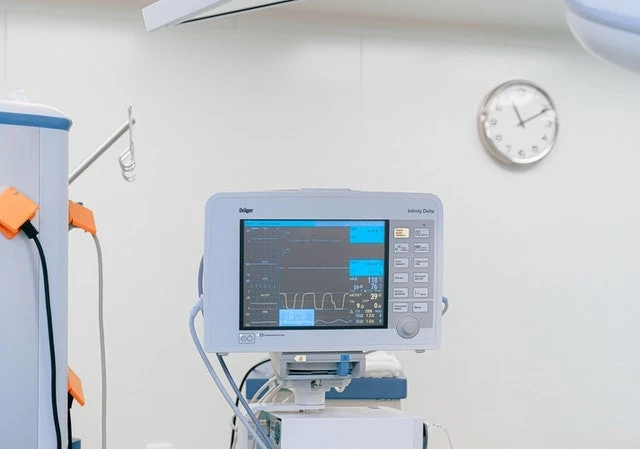FDA 510(k) Submissions for Obtaining FDA Approval (Clearance)
Add bookmarkAs many as 90 percent of the medical devices on the market in the United States have been through the 510(k) process.
The 510(k) section of the Food, Drug and Cosmetics Act requires a company to notify the FDA of its intent to market a new medical device at least 90 days before doing so.
The process is intended to display to the FDA that the device is substantially equivalent (SE) to one which is not subject to pre-market approval (PMA) and is used both with the introduction of new devices and the reintroduction of others that have been significantly modified.
However, the system has not been without its critics. Some have suggested that there are cases where devices have been cleared through 510(k) when they required a full pre-market approval.
More common, however, is the suggestion that the process has become burdensome, with changes over the years meaning stricter guidelines, more bureaucracy and a lengthier approval process.
The Institute of Medicine has called for a new regulatory framework to replaced 510(k), urging the FDA to invest in the development of a system featuring both premarket clearance and improved post-market surveillance.
"The 510(k) process lacks the legal basis to be a reliable premarket screen of the safety and effectiveness of moderate-risk Class II devices and cannot be transformed into one," the committee noted in the report.
[inlinead]
Under the current system, devices passing through the 510(k) process are required to be substantially equivalent, to a legally marketed device. These are classified as being a device that was legally marketed prior to May 28th 1976, for which a PMA is not required, a device which has been reclassified from Class III to Class II or I, or a device which has been found SE through the 510(k) process.
Submissions under 510(k) are not required if unfinished devices are being sold to another firm for completion, if a company is distributing another domestically-manufactured device or if it is a Class I or Class II device covered under certain exemptions.
Larry R Pilot, an attorney and pharmacist, writing for Competitive Enterprise Institute highlighted the figure than 90 percent of the medical devices in the United States have been through the 510(k) process.
However, he also noted how an increasing number of Class II devices are being required to undergo clinical testing as the FDA increasingly uses its power to demand clinical data.
"During the past 20 years, the FDA has become more aggressive in using this authority, and it has required more and more devices to go through the full PMA process.
"This has drawn out both 510(k) and PMA review times and has created an atmosphere of unpredictability and uncertainty about what will be necessary to get products to market," he highlighted.
While some, like the IOM, are calling for the scrapping of the process, others simply want to see it become more streamlined.
Two senators are co-sponsoring a bill designed to 'expedite the process for requesting de novo classification of a device', essentially allowing low-risk devices to avoid the 510(k) process.
Senator Scott Brown told MassDevice in an email: "This legislation would cut red tape for innovators and allow new products to reach patients faster.
"The United States leads the global medical device industry, and in order to stay on top and keep jobs in America, we have to make sure businesses can develop new, life-saving and life-improving technology by removing unnecessary regulations and increasing flexibility."
The Advanced Medical Technology Association has registered its support for the bill.
President and chief executive officer Stephen J. Ubl said it will save companies time and resources, but added that the de novo process, originally introduced for novel devices, needs firming up.
FDA has already released draft guidance on the de novo process and is seeking input on the issue, suggesting the changes are likely to go ahead.
Jeffrey Shuren, M.D., director of the FDA's Center for Devices and Radiological Health, said: "Right now, the de novo process is cumbersome and requires extra work and effort from manufacturers and the agency.
"Creating a pathway for a concurrent 510(k) and de novo petition streamlines the de novo program, helping speed safe and effective devices to patients."
With the United States medical device market already the world's largest, thought to be worth $94.9 billion (£60.7 billion) in 2010, any effective streamlining measure would bring with it a major impact.
Have Your Say
Rate this feature and give us your feedback in the comments section below













